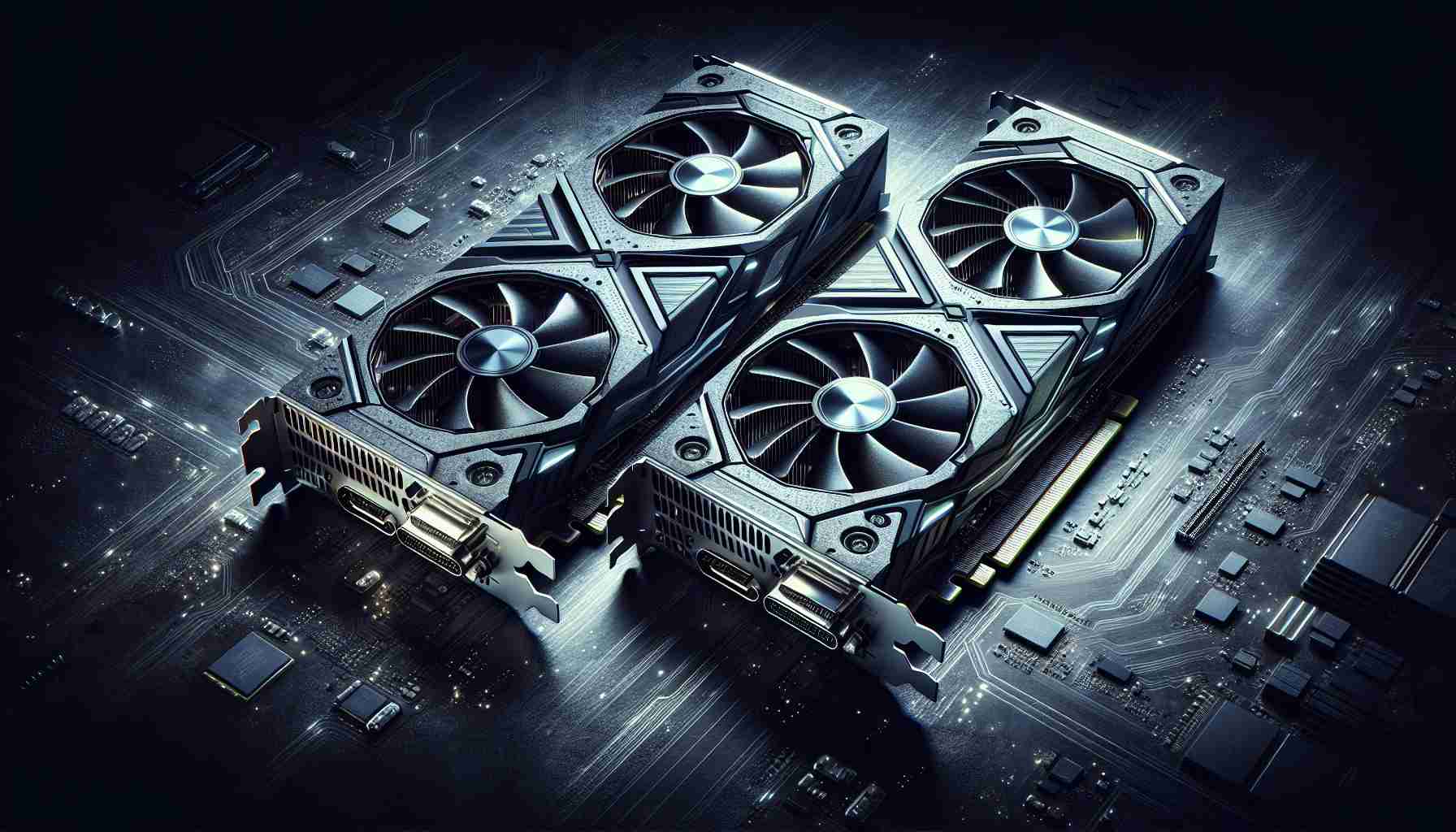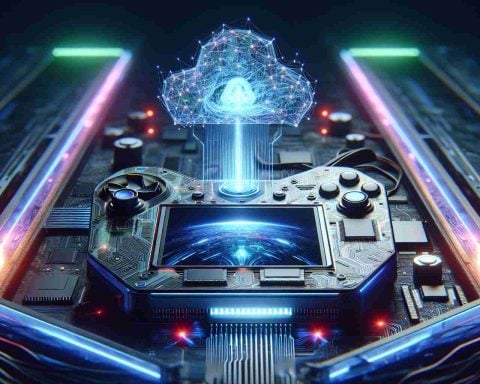- Nvidia’s upcoming RTX 5060 and RTX 5060 Ti will feature an 8-pin power connector, simplifying installations and reducing clutter.
- These new graphics cards are designed to be budget-friendly while still delivering impressive gaming performance.
- The transition back to an 8-pin connector emphasizes efficiency and user experience, addressing previous complications with newer connectors.
- The 8-pin connector provides sufficient power for the performance needs of lower-tier cards, enhancing compatibility with existing power supplies.
- The launch of these GPUs is expected in the first half of the year, aiming to capture the continuing popularity of the 60-class cards among gamers.
Get ready, gamers! Nvidia is set to shake up the graphics card market once again. Rumors are swirling that the much-anticipated RTX 5060 and RTX 5060 Ti will abandon the cumbersome 16-pin power connector, opting instead for a sleek and standard 8-pin power connector. This move could simplify PC builds and appeal to budget-conscious players eagerly awaiting these budget-friendly gems.
The 60-class graphics cards have historically been crowd favorites, with last-gen’s RTX 4060 still reigning supreme on the Steam hardware charts. While the RTX 5090 dazzles with its raw power, the upcoming RTX 5060 and 5060 Ti promise to deliver impressive performance without the hefty price tag.
In past generations, Nvidia embraced a new 12-pin and later the 12VHPWR connectors, leading to complications—like the infamous melting RTX 4090 incident. By reverting to a single 8-pin connector, Nvidia not only reduces clutter in gaming rigs but also aligns with the power needs of lower-tier cards; for example, the RTX 4060 requires just 115W.
The 8-pin connector can handle up to 150W, plus the 75W from the PCIe connection, making it more than adequate for these upcoming models. This sensible shift means less reliance on adapters, offering a cleaner and more efficient setup for gamers utilizing older power supplies.
As Nvidia gears up for the launch of these cards in the first half of the year, one thing is certain: efficiency and user experience are taking center stage in the evolving landscape of PC gaming. Don’t miss out on this exciting development!
Exciting Developments in Nvidia’s Upcoming GPU Lineup!
Nvidia is poised to redefine the graphics card market with the anticipated launch of the RTX 5060 and RTX 5060 Ti. This generation marks a significant shift in design and usability, as these models are set to replace the cumbersome 16-pin power connector with a more conventional 8-pin power connector. This change is expected to not only simplify PC builds but also cater to budget-conscious gamers eagerly anticipating affordable options in the graphics card landscape.
Market Forecast and Context
The 60-class graphics cards have historically been some of the most sought-after options for gamers, and the upcoming RTX 5060 series is likely to continue this trend. With the RTX 4060 currently dominating the Steam hardware charts, it is clear there is a robust demand for powerful yet economical graphics solutions.
# Pros and Cons
Pros:
– Simplified Installation: The transition to an 8-pin power connector allows for easier installation and compatibility with older power supplies.
– Cost-Effective Performance: The RTX 5060 models are expected to deliver exceptional performance at a more affordable price point.
– Efficient Power Use: The 8-pin connector’s capacity (up to 150W) combined with PCIe power makes it well-suited for the demands of lower-tier cards.
Cons:
– Potentially Limited Performance Compared to Higher Tiers: As a 60-class card, it may not reach the gaming performance of more expensive models like the RTX 5090.
– Availability and Demand: Given the historical popularity of the 60-class, there may be stocking issues upon release.
Trends in Graphics Card Design
The move back to an 8-pin connector indicates a broader trend of simplifying hardware setup without compromising on performance. This shift also aligns with growing user demand for simpler, more modular systems that enhance the overall gaming experience.
Insights on User Experience
With the release of the RTX 5060 and 5060 Ti, Nvidia seems to be focusing more on user experience by reducing the clutter associated with excessive cabling and power requirements. By aligning with traditional power connectors, they are catering to a diverse audience that ranges from seasoned PC builders to newcomers in the gaming community.
Important Questions
1. What are the expected specifications of the RTX 5060 and 5060 Ti?
– While exact specifications have not been publicly released yet, these GPUs are anticipated to offer competitive performance aligned with their predecessors, likely featuring advanced architecture improvements alongside the updated power structure.
2. When is the RTX 5060 series set to launch?
– Nvidia is expected to officially announce these models in the first half of the upcoming year, with continued anticipation building among gamers and PC enthusiasts.
3. How will the RTX 5060 and 5060 Ti perform in comparison to current graphics cards?
– Although positioned as budget-friendly options, benchmarks are projected to show that these cards can handle most modern games with satisfactory performance, appealing to casual and competitive gamers alike.
For more information on Nvidia’s latest products and innovations in the graphics card industry, visit Nvidia.




















